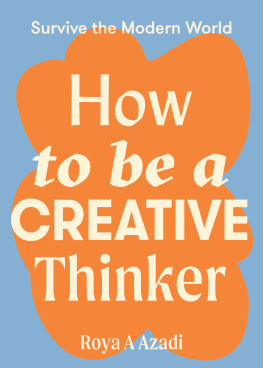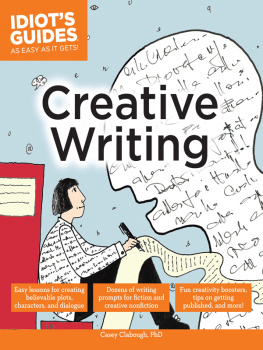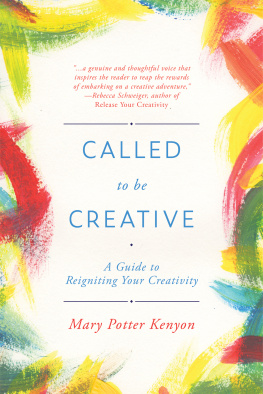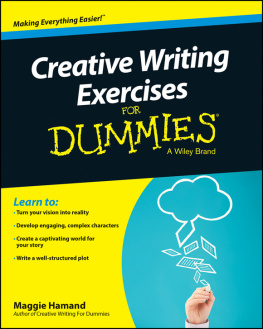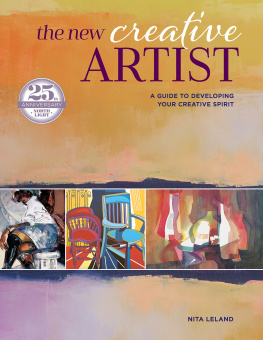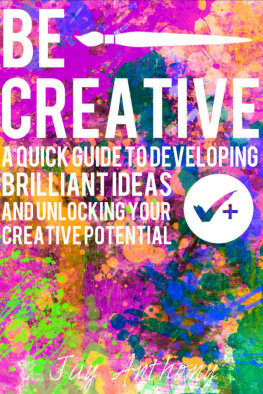First published 2013
Exisle Publishing Pty Ltd
Moonrising, Narone Creek Road, Wollombi, NSW 2325, Australia
P.O. Box 60490, Titirangi, Auckland 0642, New Zealand
www.exislepublishing.com
Copyright 2013 in text: Lilian Wissink
Lilian Wissink asserts the moral right to be identified as the author of this work.
All rights reserved. Except for short extracts for the purpose of review, no part of this book may be reproduced, stored in a retrieval system or transmitted in any form or by any means, whether electronic, mechanical, photocopying, recording or otherwise, without prior written permission from the publisher.
A CiP record for this book is available from the National Library of Australia.
ISBN 978 1 921966 25 5
Designed by Tracey Gibbs
Illustration on p.76 adapted from Loopall @ Vectorstock.com
Typeset in Miller Text, 10.5pt on 19pt
Printed in Shenzhen, China, by Ink Asia
This book uses paper sourced under ISO 14001 guidelines from well-managed forests and other controlled sources.
10 9 8 7 6 5 4 3 2 1
Disclaimer
While this book is intended as a general information resource and all care has been taken in compiling the contents, this book does not take account of individual circumstances and is not in any way a substitute for professional advice. Neither the author nor the publisher and their distributors can be held responsible for any loss, claim or action that may arise from reliance on the information contained in this book.
The names and some of the details of the people mentioned in the case studies have been changed to protect their privacy.
Lilian Wissink has over twenty years experience in counselling and creating personal development programs. Assisting people to discover and realise their potential by helping them to develop compassionate self-awareness and new skills is fundamental to her philosophyan approach that is further supported by her own experience as a developing artist. Over many years she has enjoyed creative expression in several different areas, including writing, acting, drawing, painting, photography, singing and dancing.
In loving memory of my inventive,
creative Pappie, Antonius
Preface
Is this book for you?
- Do you feel there is more to discover about yourself?
- Do you have an inkling that there is some form of creative expression you would like to try? Writing? Singing? Painting? Playing a musical instrument? Sculpture? Perhaps an avenue of craft, such as woodturning, leadlighting, ceramics or creative knitting and crocheting?
- Do you regret not having pursued an earlier creative interest?
- Do you remember the enjoyment of being creative and playful when you were younger and want to tap into that pleasure again?
- Do you already have an interest in or a fascination with some form of creative expression but are not sure how to go about developing it?
- Do you get discouraged when the challenges of life seem to get in the way of you moving forward in your creative expression?
- Are you active in a particular creative domain but experience self-doubt, frustration and other obstacles that thwart your progress?
If you said Yes to any of these questions then its time for you to let The Creative SEED guide you on your path. I will take you on a journey to explore your creative-self and find ways to expand your current sense of what you believe you can do. This journey is lifelong and once embraced will enrich and inspire you. Each chapter has questions and exercises to help you move forward. These exercises are designed to increase your self-awarenessthe key to unlocking your creative spark. What you discover will help you to deal with any obstacles that get in your way. All creative and performing artists experience obstacles, no matter the stage of their journeythe challenges of self-doubt, fear, anxiety, procrastination and frustration. What makes you successful is your determination to keep going, to keep learning and staying active in your creative expression. Youll learn helpful ways to handle challenges and will find that your creative skills will reach a new, exciting dimension you had not thought possible.
A brief outline
Chapter One in Part One is written especially for readers who are not sure about the area of creativity they would like to explore. Youll have the opportunity to discover what is likely to be exciting and satisfying. Even if you are established in an avenue of creative expression, this chapter provides insight into other forms of creativity you might enjoy. Myths surrounding creativity are also discussed as a means to understanding how beliefs influence your approach to creative expression. The last chapter (Chapter Four) in Part One provides a clear overview of what the creative process is all about. Whether you write, sing, paint or sculpt; whether you knit, turn wood or make potsin all creative pursuits, you will go through stages, face challenges and solve problems along the way.
Part Two helps you to explore and develop your creative expression. Presented in this section are ways to support and guide you through the common ups and downs of the creative process so that you can reach realistic and exciting goals.
You will read stories of people who are just like youdiscovering and nurturing their creative-self. These are people I have met over the years in my profession as a counselling psychologist and in workshops and classes that I have taken as a developing artist.
Proven strategies that move you forward
The strategies in this book are based on sound, well-researched theories of Cognitive Behaviour Theory (CBT), Transactional Analysis (TA) and mindfulness. A major premise of CBT is that the way we think influences how we feel and behave. This book provides straightforward strategies to help you deal with any unhelpful thoughts and behaviours that thwart your potential. TA also underpins my writing. This theory is particularly helpful in understanding the different aspects of our personality and how they interact. And thirdly, the philosophy of mindfulness helps you to become more present-centred rather than caught up in worries about the past or concerns for the future. At the core of mindfulness is self-acceptance and compassion, both crucial in any part of our lives, including our journey into creativity.
Keeping a journal
Keeping a journal is a helpful tool. An unlined art diary is ideal for this purpose. I hope you will use it to do the exercises offered to you throughout this book. You can express the feelings that bubble away at various times and write down ideas, desires or frustrations. You can write poetry or prose, sketch or doodle. Your journal can be a history of your experience and a place to honour your strengths. Keep it private, as this will encourage you to feel free to express yourself in whatever way you choose.
How to read this book
There are several different ways you can read this book. You could dip into it at random, but I suggest you read it from start to finish and notice the chapters and exercises to which you particularly relate. Then come back and read more slowly, giving yourself time to do the exercises. Each exercise is valuable in helping you to understand yourself more clearly and find ways to move forward creatively. However, dont feel you have to do every exercise in the order it is presented. Go with your gut feeling. You will know, for example, if you need particular help with procrastination or perhaps in dealing with stress in your life. So go with what you believe will be most helpful to begin with. This is a guidebook and a workbook. Keep coming back to it. Use it time and time again to inspire you to keep going in your creative life.


